French Artist Fabienne Verdier Was Juilliard’s First Visual Artist-In-Residence—See Her Opera Inspired Paintings Here
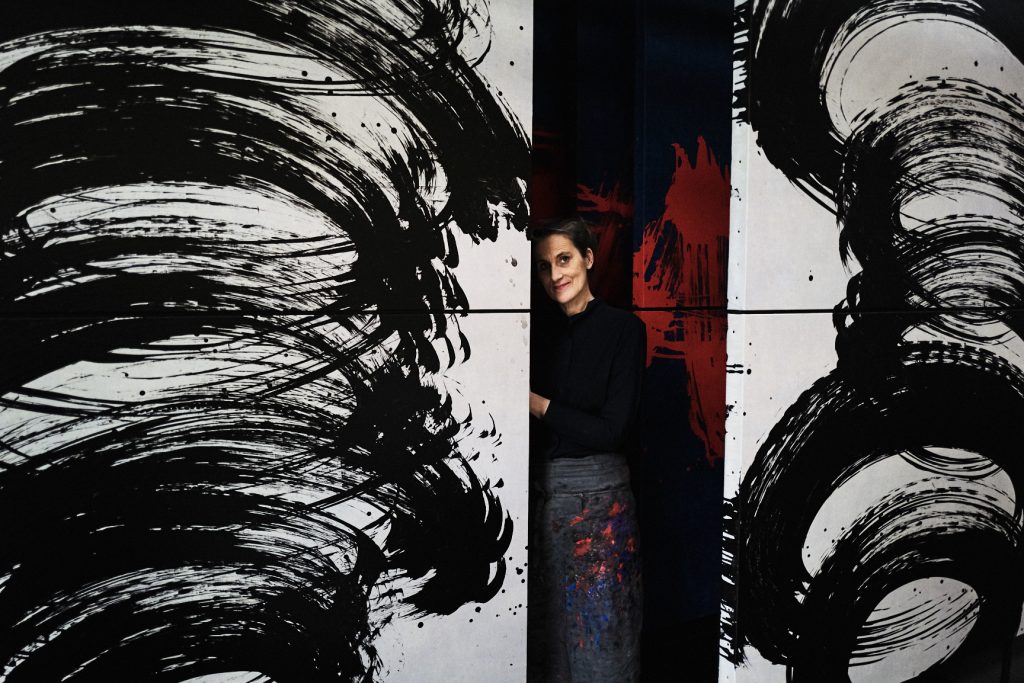

Artnet Gallery Network

Fabienne Verdier is not afraid to carve her own path. She was the first French artist to study under Huang Yuan, a Sichuanese master artist, in China, where she remained for 10 years. Upon returning to France, Verdier began a body of works that fused elements of Chinese calligraphy with Western artistic concepts of abstract gesturalism in the manner of Jackson Pollock. To create these large-scale paintings on silk, she conceived of an apparatus to suspend massive Chinese ink brushes from her studio ceiling, allowing her to paint with fluidity.
In 2014, Verdier tried her hand at another first when New York’s Juilliard, the prestigious performing arts school, invited her to be its first-ever visual artist in residence. During which time, Verdier immersed herself completely in the world of music, finding particular inspiration in opera.
First working on a smaller scale and in pen, Verdier attempted to capture in visual form the breathing techniques of singers and musicians and the shapes of each singing voice as a distinctly rising-and-falling pattern. In the years since that residency, Verider has continued exploring these shapes, culminating in series of large-scale paintings characterized by a dominating whirling helix meant to echo the ascendant scaling sound of an aria.
Currently on view in “Fabienne Verdier: Vortex” at Waddington Custot in London, this new series of paintings possess an unexpected liveliness for its size: Verdier built a mobile platform in her studio that allowed her to paint from the center of the canvas and with quick, dynamic motion.
“Massive intersecting rings of a single color—in black, red, cyan, and white—expand and swell across the surface of each canvas. They have a life of their own. Some draw us upwards, spiraling energetically beyond the edges of the frame; others—frenetic, falling concentric circles—draw us in. These gestural and abstract paintings bring to mind a breathing body,” Wells Fray-Smith writes in the catalogue essay for the exhibition.
The exhibition, which was scheduled to run through November, will be closing to the public at the end of the day on November 4, 2020, to adhere to lockdown measures, but can be viewed from home virtually here.
See images of “Fabienne Verdier: Vortex” below.
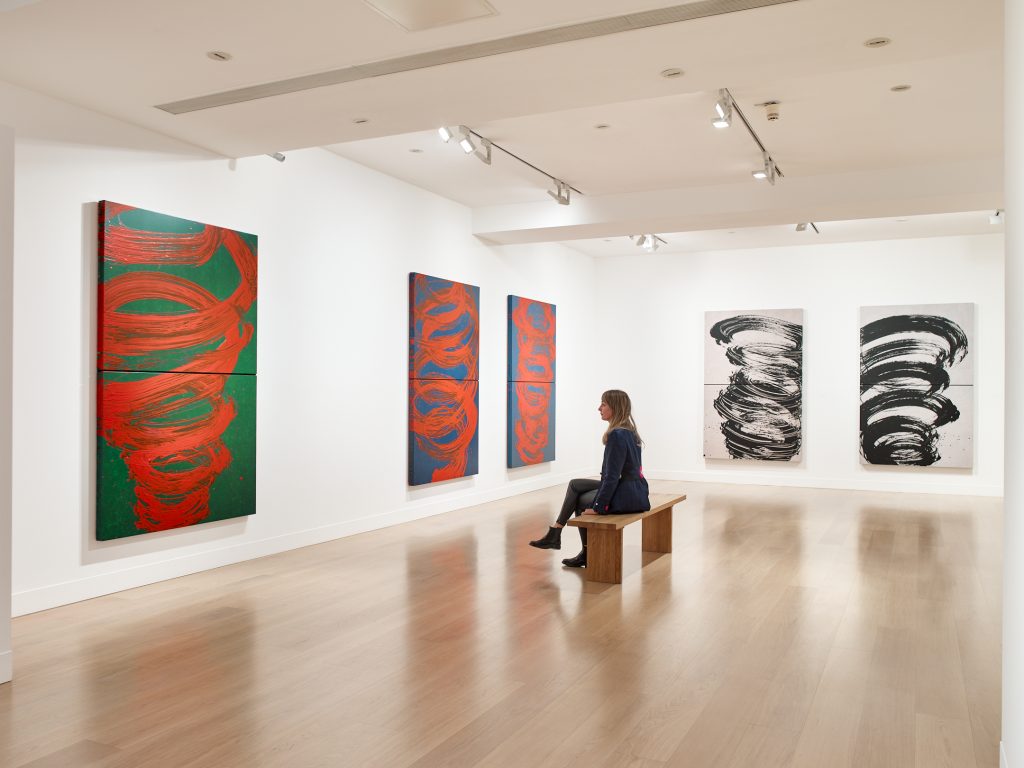
Installation view “Fabienne Verdier: Vortex,” 2020. Courtesy of Waddington Custot.
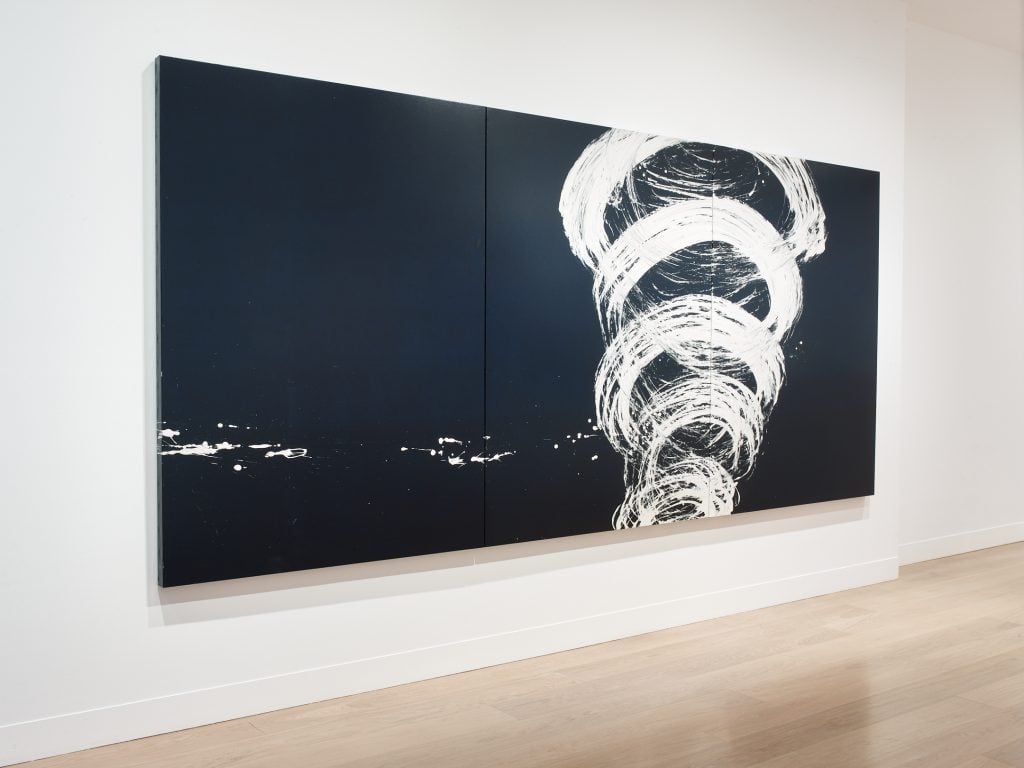
Installation view “Fabienne Verdier: Vortex,” 2020. Courtesy of Waddington Custot.
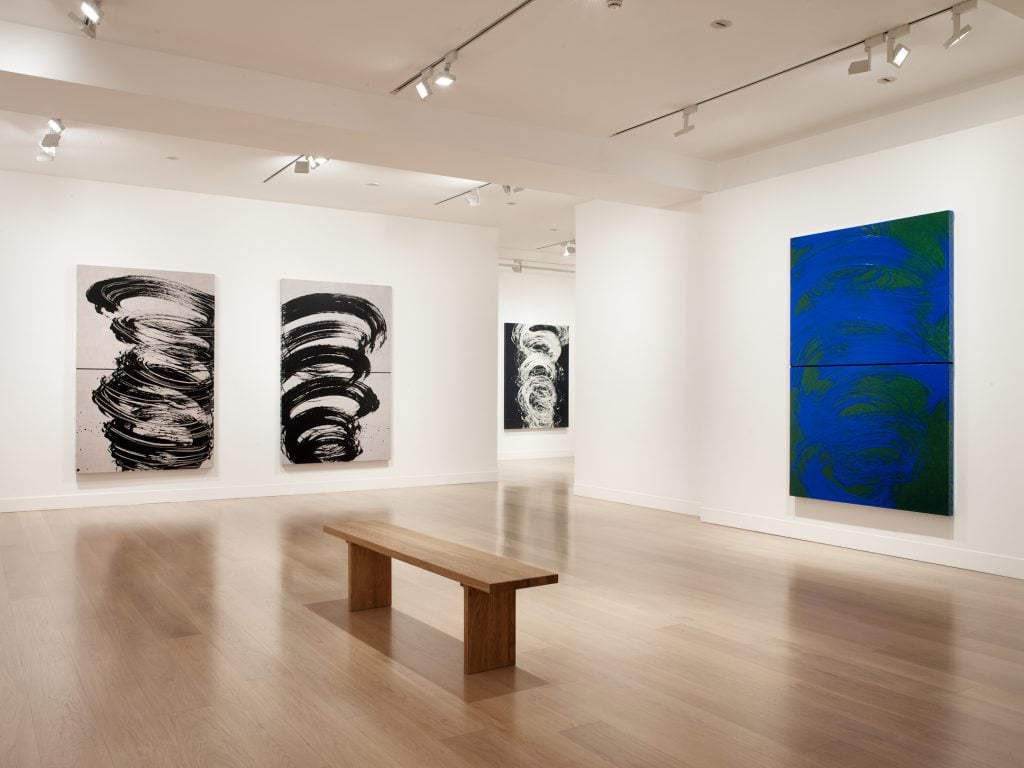
Installation view “Fabienne Verdier: Vortex,” 2020. Courtesy of Waddington Custot.
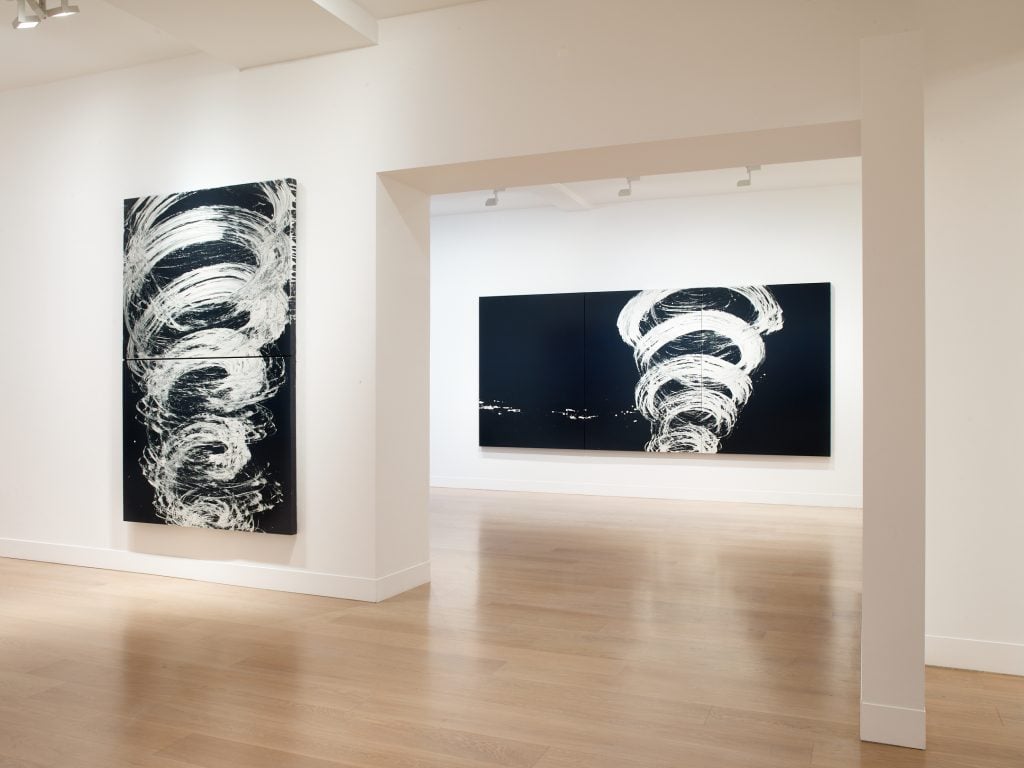
Installation view “Fabienne Verdier: Vortex,” 2020. Courtesy of Waddington Custot.